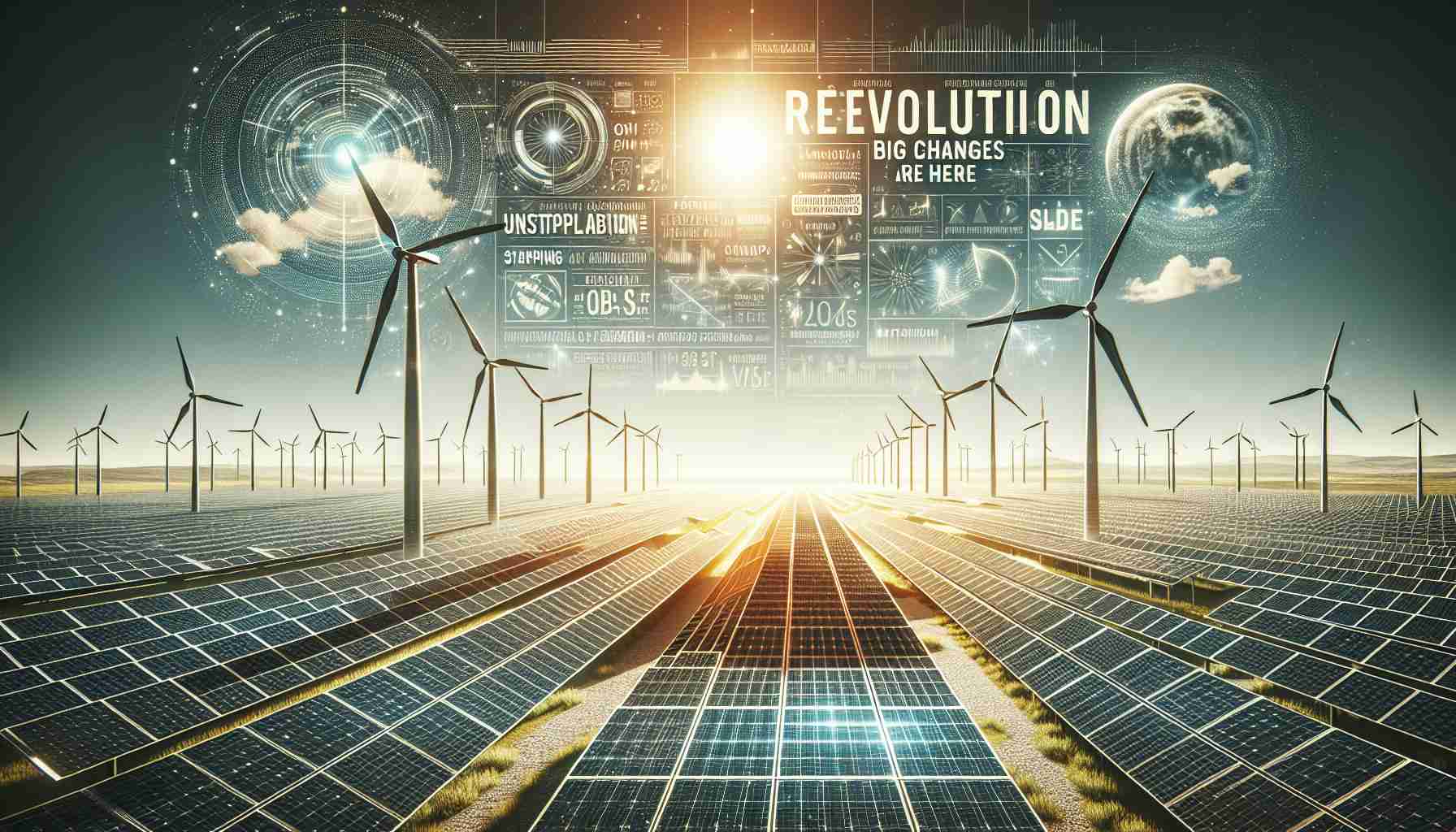
The clean energy transformation in America is unstoppable, resonating with people across all political divides. During a recent visit to Brazil, President Joe Biden emphasized that the benefits of renewable energy are widely embraced, regardless of political affiliation.
At the heart of this revolution is the Inflation Reduction Act, which showcases a commitment of $400 billion toward solar energy, electric vehicles, and various renewable technologies. This monumental effort aims to significantly reduce carbon emissions, the primary contributor to climate change.
Despite differing views on climate, the jobs created through the IRA are a point of consensus. Remarkably, 60% of these new employment opportunities are positioned in traditionally conservative states. Even among Republican House representatives, there is growing resistance to dismantling the IRA, reflecting an acknowledgment of its economic impact.
Globally, climate change continues to present significant dangers, such as melting glaciers and severe weather phenomena. As a response, the Biden administration has bolstered international climate financing, committing over $11 billion this year.
As climate issues escalate, leadership is emerging in unexpected places, particularly California. The state’s economy ranks as one of the largest in the world, and its commitment to combating climate change remains unwavering. Governor Gavin Newsom is prepared to act should federal incentives for electric vehicles wane, illustrating California’s determination to foster a thriving electric vehicle market.
The Green Revolution: How America is Leading the Renewable Energy Charge
The Clean Energy Transformation in America
The clean energy movement in the United States is becoming a robust and unstoppable force, transcending political divides. Recently, President Joe Biden highlighted this progress during his trip to Brazil, reinforcing the notion that the advantages of renewable energy resonate with individuals across all political backgrounds.
Key Legislation Driving Change
Central to this transformation is the Inflation Reduction Act (IRA), which represents a significant federal investment of $400 billion directed towards renewable energy technologies, including solar energy and electric vehicles (EVs). This landmark legislation aims not only to reduce carbon emissions—one of the primary drivers of climate change—but also to stimulate job growth in this burgeoning sector.
Job Creation Across the Political Spectrum
One of the most notable aspects of the IRA is the bipartisan support for job creation it has sparked. Approximately 60% of the new jobs generated by the IRA are located in traditionally conservative states, which suggests a positive economic impact that transcends political lines. Even Republican lawmakers are starting to recognize the importance of maintaining the IRA, acknowledging the benefits it brings to their constituents.
Global Climate Challenges
Despite the domestic progress, climate change remains a global threat, with serious consequences such as melting glaciers and extreme weather events becoming increasingly common. In response, the Biden administration has enhanced its commitment to international climate financing, pledging over $11 billion this year alone to support global climate initiatives.
California’s Pioneering Role
As climate challenges grow, states like California are stepping up as leaders in the clean energy sector. With one of the largest economies globally, California is laying the groundwork for a sustainable future. Governor Gavin Newsom has voiced readiness to take action if federal support for EVs dwindles, indicating California’s commitment to its electric vehicle market. This proactive approach not only sets an example for other states but also reflects a broader trend towards state-level climate initiatives that complement federal efforts.
The Future of Clean Energy
The future of clean energy in America looks promising. As the renewable energy sector continues to expand, it is expected to further strengthen the economy while combating climate change. With innovative policies, growing bipartisan support, and state-led initiatives, the United States may very well remain at the forefront of the global clean energy revolution.
Insights and Trends
– Increasing Investment: The transition to clean energy is expected to attract even more private investments in renewable technologies, responding to both consumer demand and environmental necessities.
– Job Growth Projections: The renewable energy sector is projected to create millions of additional jobs by 2030, particularly in solar and wind industries.
– Technological Innovations: Advances in energy storage, grid management, and electric vehicle technology will enhance the reliability and efficiency of renewable energy sources.
For more insights on clean energy initiatives and the latest innovations, visit energy.gov.



